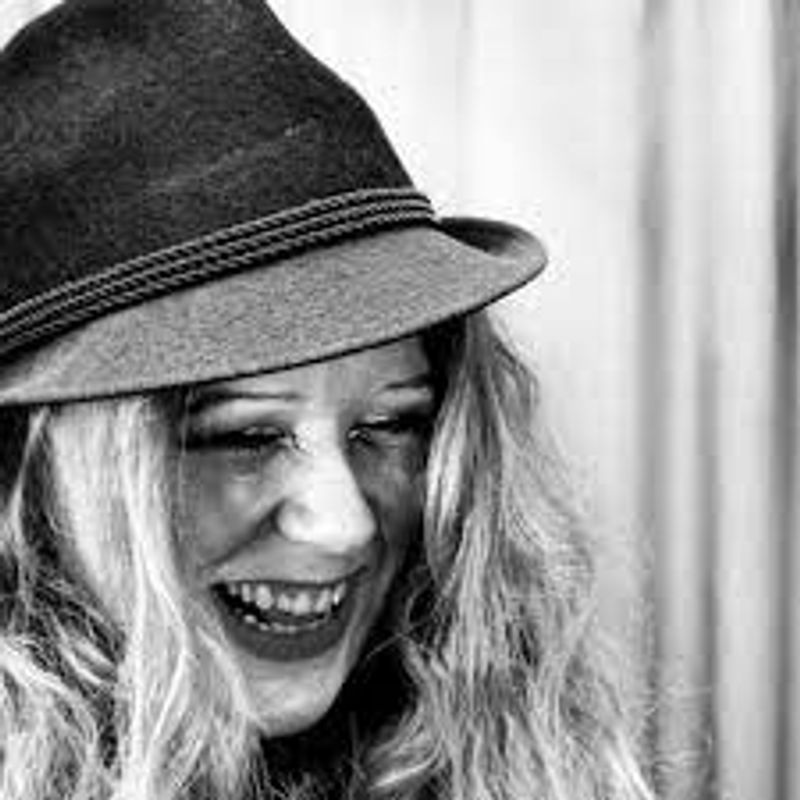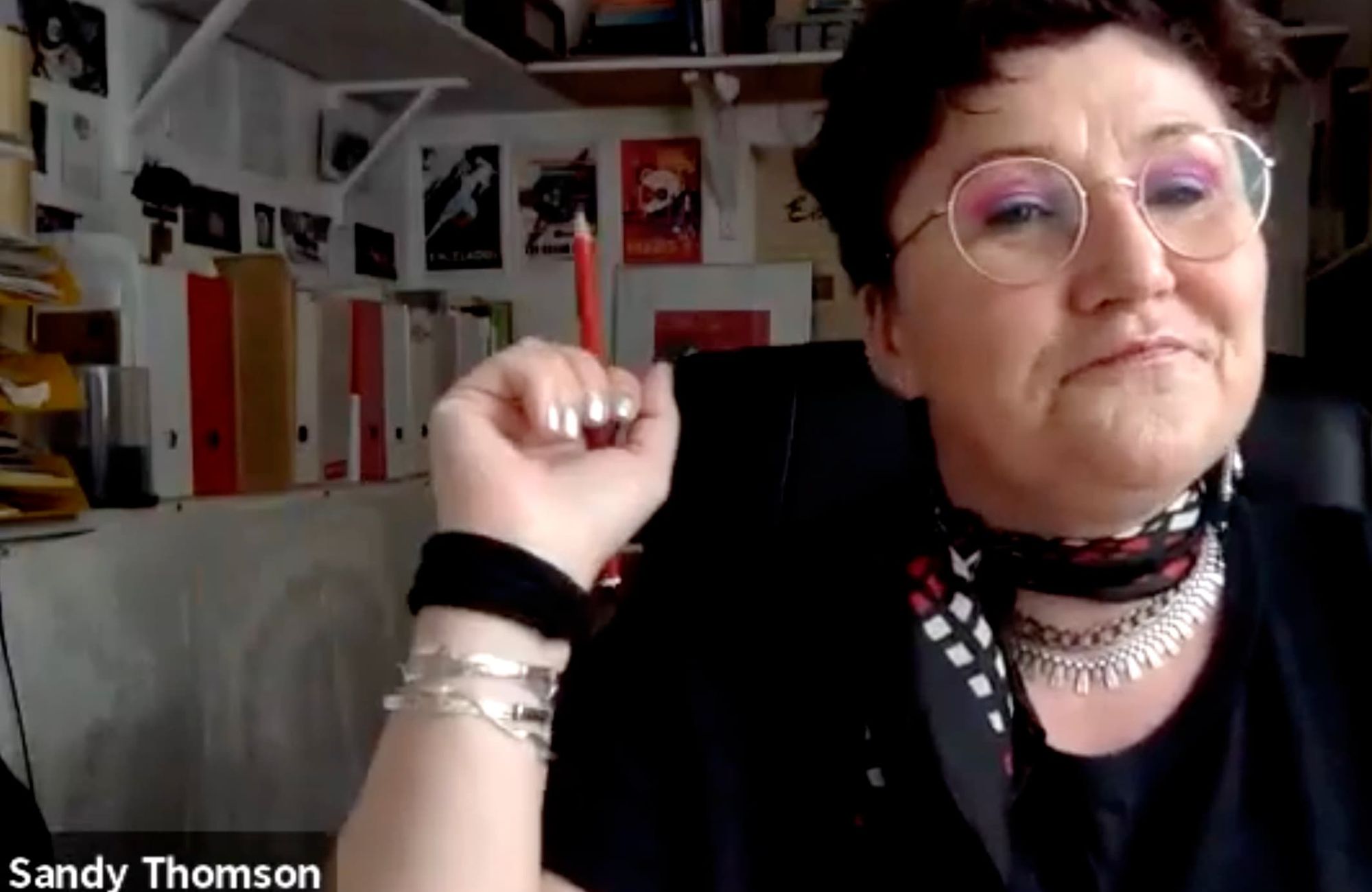Positive money mindset & financial resilience

Sarah Thelwall

Sarah was recently interviewed by Sandy Thomson from the Creative Entrepreneurs’ Club to discuss money and money mindsets. You can watch it here, or Sandy has summarised the main points below.
How do we make money work well for us rather than assume it will flow and benefit will arrive?
When Sarah first moved into the creative industry she realised very quickly that it was irresponsible to teach people how to spend money if they didn’t know how to make money so she built up a practice around helping people to understand how to make money useful. MyCake grew out of this.
Unfortunately, COVID-19 meant that many freelancers’ contracts were cancelled by their clients as soon as it became clear that things were going to become difficult. The creative and freelance world was the first to suffer. Many freelancers put pressure on themselves to continue to work for much less or in some cases nothing to ensure that projects were delivered.
One of Sarah’s regular questions is to ask how you balance your time between working ON the business versus working IN the business. In an ideal world you would find ways to protect your time to do the thinking about the future rather than merely respond to the immediate. We spend our days getting the job done, working through our to do list and working IN the business. It is important to find time to also think about the future – time spend working ON the busines. As a freelancer, you have to do both of these things.
It is also worth thinking about whether a piece of work or project is connected to the rest of the work you do. If you are asked to do something that in no way relates to anything else you have done or will probably need to do again in the future then you must really care about it or it has to pay very well for it to be beneficial to you and your business!
Sarah confirmed that there was research called the Planning Fallacy (there’s a Freakonomics podcast episode which looks at this) that when you do something new it will take 40% more time than you actually budget for.
Therefore, it is worthwhile getting the balance of new projects versus those that have been tried and tested. We all enjoy the new and there is a risk of getting bored just doing the same thing all the time but we need to work out what our business needs to survive. If you can think of things you can easily produce that may not be your most exciting work but you can do regularly and it provides you with steady regular income that serves a very different purpose in your overall portfolio than the new and exciting projects.
One way to look at things and to work out your daily charge out rate is to work out how many billable days you actually have in a year. There may be 365 days in the calendar, but they are not all billable. Take out all weekends, say 100 days and think about how much holiday you want to take.
How much of the remainder do you need to spend having meetings, doing accounts, networking etc and it probably works out at 100 billable days in a year. Then look at what you want to earn, then simply do the maths, if you want to bill £50,000 in those 100 days then it works out at £500 per day.
Sarah would rather sell fewer days at a higher price than bill every possible day she can. This means it puts her in control, and she can put in extra time if she chooses to, rather than desperately running around billing as many days as possible.
How do you balance the need to pay your bills with the need for creative and intellectual stimulation?
An artist may only be able to earn a set amount per day but it will provide them with a budget for projects. You need to recognise what each strand of your activity is good for. An artist may need to do something else to earn the money to survive financially because their passion may only provide them with a low day rate. You need to work out what days to allocate to what activity.
What will you do for nothing at the start of the project to get it going?
Sarah is always happy to do an hour non-chargeable meeting because both parties are finding out about each other and their needs and whether there is anything either party is interested in. She will ask them to prepare notes on how the meeting went and how they want things to move forward in the future. She is mindful not to send to the other party a list of action points but wants them to take the lead. She will then put in a series of hurdles to see how interested they really are on working together. If they get over the first hurdle, then it is a good step to moving a project forward.
Where you do not have autonomy on a project, there is a going rate and that is that – you need to ask yourself how much do you want the work? You must weigh up what you want from the project. If it is a set fee with no negotiation do you really need it or do you want it to survive. If you are not busy then it’s only natural to drop your day rate to get work but if you are not financially desperate then asking yourself what is the opportunity cost of doing this? Ask yourself if I do this, which will take up X amount of my time then I cannot pursue other opportunities that I might be more interested in?
Think about the opportunity cost, as you may take a project on which you are not fully happy with and this project may mean you cannot take on something else.
Sarah has previously worked with Mark McMcGuiness who is a creative coach and they have had discussions about good ways to understanding money mindset (www.lateralaction.com).
Mark says there are times you need to think about the money attached to something, sort it out, negotiate it, get it contracted and then put it aside and then do the creative work. Create a useful set of boundaries by giving it the time and respect it needs and that you need to have looked after your value and then you can put it aside and get on with work.
Ideally, you should always sort out some level of contractual agreement before starting any project. You need to know how and when you will be remunerated. Once you understand the deliverables and the milestones then you can start work on the project. You do not want to fall into the trap of doing the work and sending it to the client and then they come back with questions because this wasn’t what they had understood at the outset. Having the contract in place firms up these deliverables.
John Arton, a portrait artist, got fed up being asked to work for nothing. He gives a good example of the portrait you will receive if you do not want to pay compared with what you will get if you are willing to pay his worth.
This all comes down to understanding your value!
The main takeaway is to speak to others in your community to find out what is realistic and acceptable and if you are unsure ask because you don’t get if you don’t ask.
Take money mindset seriously, ask if you don’t know, as money buys freedom!
Watch the full interview here